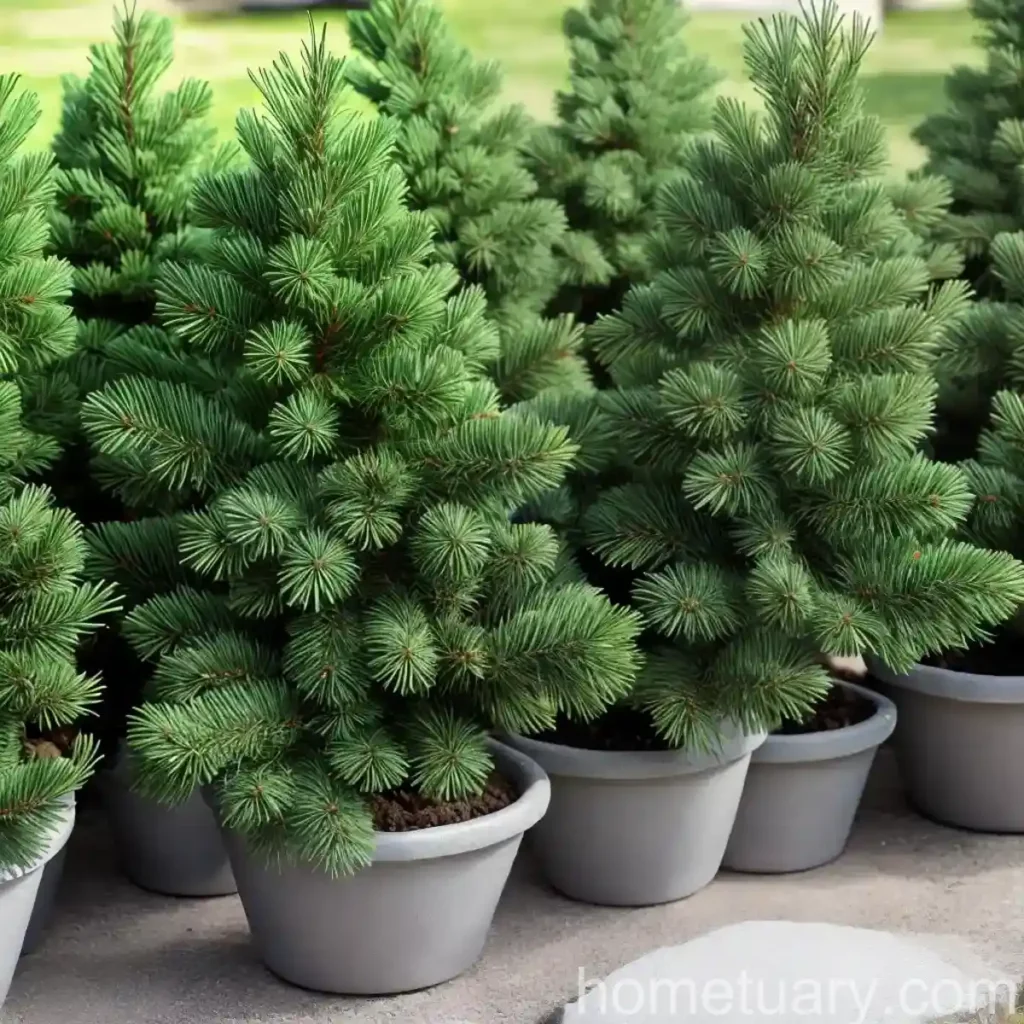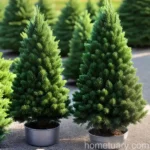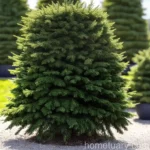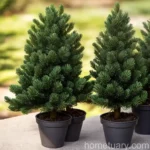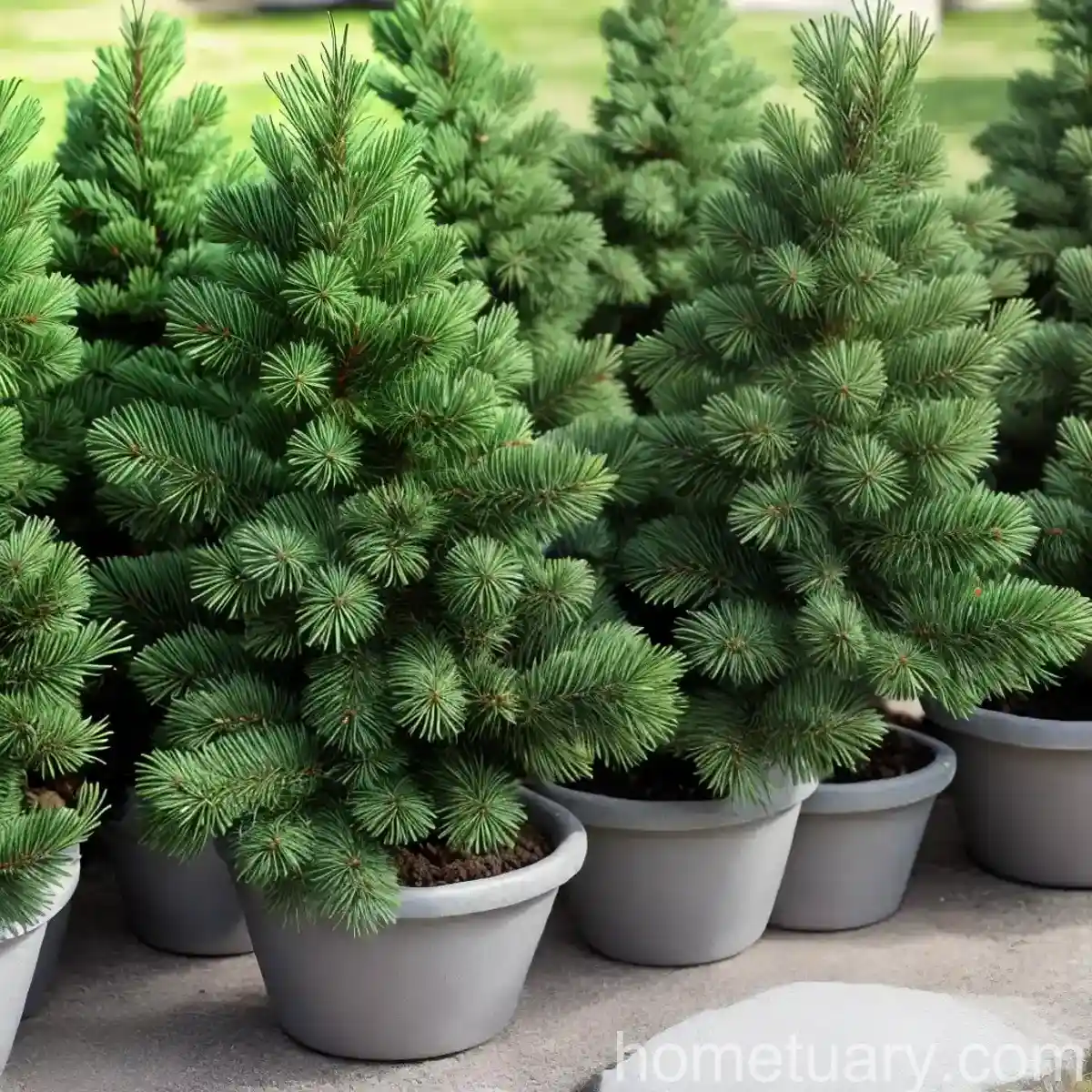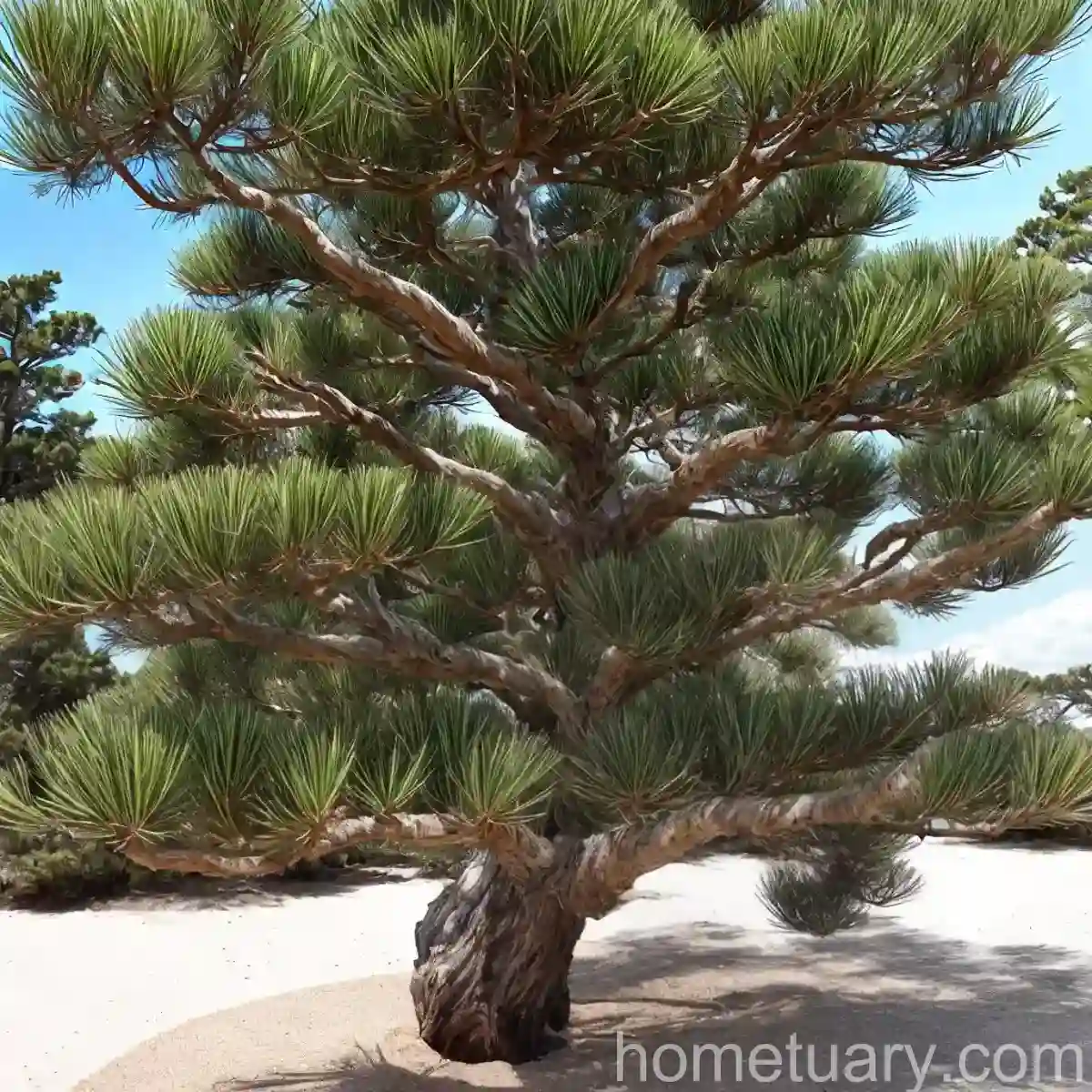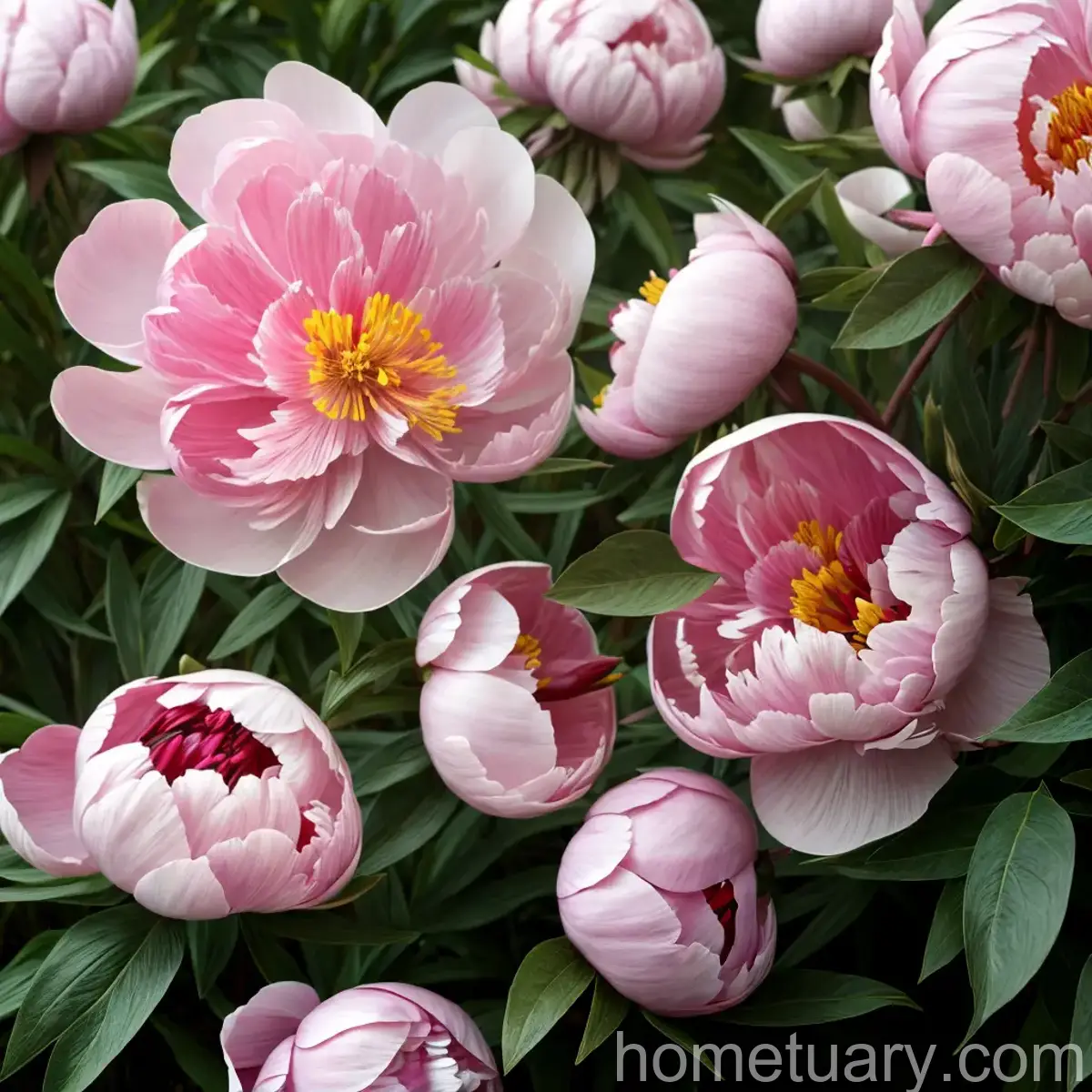Brewer’s Spruce (Picea breweriana): A Unique and Valuable Conifer
Introduction
As a plant scientist and enthusiast, I am often captivated by the diversity and distinct qualities of various plant species. One such intriguing plant that has caught my attention is the Brewer’s Spruce (Picea breweriana). This majestic conifer possesses a range of remarkable characteristics, cultural significance, and ecological role. In this comprehensive guide, we will delve into the fascinating world of Brewer’s Spruce, exploring its habitat, care requirements, uses, and much more.
Brewer’s Spruce Characteristics
- Brewer’s spruce is a slow-growing, evergreen conifer that typically reaches heights of 30-60 feet, with a spread of 15-25 feet.
- Its distinctive foliage consists of stiff, sharp, blue-green needles arranged spirally around the branches, creating an elegant appearance.
- The tree typically forms a cone-shaped crown, adding an ornamental charm to landscapes.
- The bark of Brewer’s Spruce is thin, smooth, and gray-brown when young, developing rough, scaly patterns as it matures.
Picea breweriana Facts
- Brewer’s Spruce is also known as Brewer Spruce, Brewer’s Weeping Spruce, or Weeping Spruce.
- It is native to the mountainous regions of the Pacific Northwest, particularly in the Klamath and Siskiyou Mountains of Oregon and California.
Brewer’s Spruce Tree Description
Brewer’s Spruce, scientifically referred to as Picea breweriana, is renowned for its particularly striking appearance. This section will provide a detailed overview of its tree description, including its physical attributes and habitat characteristics.
Picea breweriana Habitat
Originating from the rugged terrains of the Pacific Northwest, Brewer’s Spruce thrives in mountainous regions characterized by cool, moist climates. It is notably found in subalpine and montane forests, often growing at high elevations and exhibiting a preference for well-drained, acidic soils. The tree is a resilient species, adapting to the challenging conditions of its natural habitat with admirable vigor.
Brewer’s Spruce Care Guide
Cultivating Brewer’s Spruce demands a nuanced understanding of its specific care requirements. From sunlight exposure to soil preferences, providing optimal conditions is essential for the tree’s health and growth. Let’s explore the key considerations for effectively nurturing this unique conifer.
Water
Brewer’s Spruce thrives in moist environments, necessitating regular watering to sustain its vigor. While it exhibits a degree of drought tolerance once established, consistent moisture levels are crucial, especially during periods of prolonged dryness. A deep and thorough watering at regular intervals, particularly during dry spells, is recommended to support the tree’s hydration needs.
Sunlight
In its natural habitat, Brewer’s Spruce is acclimated to moderate to full sunlight, benefitting from ample exposure to direct sunlight. When cultivated in landscapes or garden settings, ensuring that the tree receives sufficient sunlight is imperative for promoting healthy growth and vibrant foliage. Adequate sunlight exposure also contributes to the development of its iconic blue-green needles, enhancing its visual appeal.
Fertilizer
Although generally resilient, Brewer’s Spruce can benefit from occasional fertilization to supplement its nutrient requirements. A balanced, slow-release fertilizer applied in spring can support the tree’s growth and vitality. Specialized fertilizers formulated for acid-loving plants can be particularly beneficial, catering to the tree’s preference for acidic soil conditions.
Soil
The ideal soil for Brewer’s Spruce is well-drained and slightly acidic, mimicking the conditions found in its native mountainous habitats. A loamy, acidic soil with good drainage properties is optimal for accommodating the tree’s root system and facilitating healthy growth. When planting or transplanting Brewer’s Spruce, ensuring that the soil composition is suitable is essential for promoting its long-term health.
Pruning
Pruning Brewer’s Spruce is a strategic practice that contributes to maintaining its overall form and health. While the tree typically maintains a symmetrical and conical shape, periodic pruning can assist in controlling its size and enhancing its aesthetic appeal. Removal of dead or damaged branches, as well as selective shaping to achieve a desired silhouette, are common objectives of pruning Brewer’s Spruce.
Propagation
The propagation of Brewer’s Spruce is primarily achieved through seed propagation, presenting an opportunity for enthusiasts and horticulturists to cultivate new specimens. Propagating the tree from seeds involves a series of steps, including seed collection, preparation, and sowing under favorable conditions. Prioritizing the collection of high-quality, viable seeds is crucial for successful propagation and the development of robust young trees.
Container Popularity
While Brewer’s Spruce is often associated with grand landscapes and expansive gardens, it also holds appeal as a container plant. Its compact size and striking appearance make it well-suited for container cultivation, enabling individuals with limited outdoor space to enjoy its beauty and ornamental value. A well-chosen container and appropriate care regimen can facilitate the successful growth of Brewer’s Spruce in a containerized environment.
Container Common Diseases
When grown in containers, Brewer’s Spruce may be susceptible to certain diseases that can impact its health and appearance. Addressing these potential ailments promptly through accurate diagnosis and targeted treatments is essential for preserving the vitality of the tree. Common diseases that may affect Brewer’s Spruce in container settings include root rot, needle blight, and canker diseases, necessitating vigilant monitoring and proactive management.
Disease Diagnosis
Accurately diagnosing diseases affecting Brewer’s Spruce is a critical aspect of effective disease management. Visual symptoms such as discoloration, wilting, or unusual growth patterns can serve as indicators of underlying diseases. Seeking the expertise of plant health professionals and conducting thorough assessments of the tree’s condition are vital steps in identifying and addressing potential diseases.
Common Pests
Brewer’s Spruce is occasionally targeted by pests that can disrupt its growth and compromise its health. Common pests that may affect the tree include spruce spider mites, aphids, and spruce budworms, among others. Implementing integrated pest management strategies, including vigilant monitoring and selective interventions, can help safeguard Brewer’s Spruce from pest-related issues.
Botanist’s Tips
As a plant scientist with a passion for Brewer’s Spruce, I am pleased to share some key tips for enthusiasts looking to cultivate and appreciate this remarkable conifer. With a nuanced understanding of its care requirements and a keen eye for its unique attributes, individuals can foster the well-being and visual appeal of Brewer’s Spruce, enriching their landscapes and garden spaces.
Fun Facts
- The cones of Brewer’s Spruce transition from a vibrant green hue to a striking reddish-brown color as they mature, adding a delightful visual element to the tree.
- Its graceful, weeping branches create an elegant and enchanting spectacle, distinguishing it as a standout ornamental tree in various landscapes.
- Brewer’s Spruce holds cultural significance among indigenous communities in the Pacific Northwest, with its wood being traditionally utilized for crafting essential tools and artifacts.
Links to External Resources
For further exploration of Brewer’s Spruce and related topics, I recommend consulting the following resources:
- Royal Horticultural Society: Brewer’s Spruce
- American Conifer Society: Picea breweriana
- University of California, Davis: Picea breweriana – Brewer Spruce
In conclusion, Brewer’s Spruce stands as a testament to the captivating diversity of the natural world, captivating onlookers with its striking aesthetics and ecological significance. By embracing its care guide, understanding its cultural uses, and appreciating its distinct characteristics, individuals can cultivate a deeper appreciation for this remarkable conifer, integrating its timeless allure into their botanical pursuits and outdoor environments.

